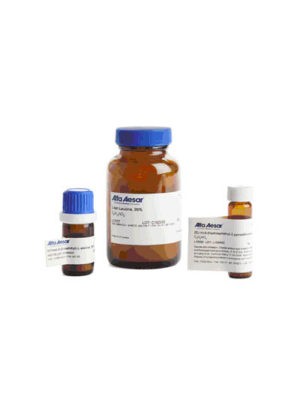Phosphine Sulfides and Salts

Phosphine Sulfides and Salts
Phosphine sulfides are generally classified as primary [RH2P(=S)], secondary [R2HP(=S)] and tertiary phosphine [R3P(=S)] sulfides. Examples of primary phosphine sulfides include dialkyl-, dicycloalkyl, diaryl-, diaralkyl, and dialkarylphosphinesulfides. Secondary phosphine sulfides include tetramethylenephosphine sulfide and pentamethylenephosphine sulfide.
Phosphine sulfides are used in organic and inorganic n-semiconductors with high triplet energies; more specifically dibromo dibenzophosphole sulfides are employed in electron-transporting semiconductors in OLEDs and single-crystal field-effect transistors. In additives of anti-knock fluids and leaded gasolines, the tertiary phosphine sulfides are used.
The phosphine sulfide alkyl derivatives are employed as receptors of transition and heavy metal ions (Castillo, M., et al., Combinatorial synthesis of fluorescent trialkylphosphine sulfides as sensor materials for metal ions of environmental concern, Arkivoc, 2003, (xi), 193-202). The sulfidephosphine ligands can form complexes with Pd, and it can be used in the copolymerization of olefins with carbon monoxide. The organophosphine sulfides are used as photographic sensitizers and sulfur sensitizers. Phosphine sulfide copper(I) complexes are used as a sensing material in photoluminescence oxygen sensors.


